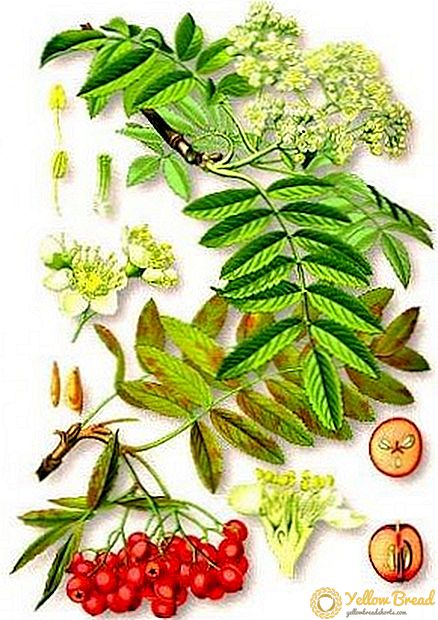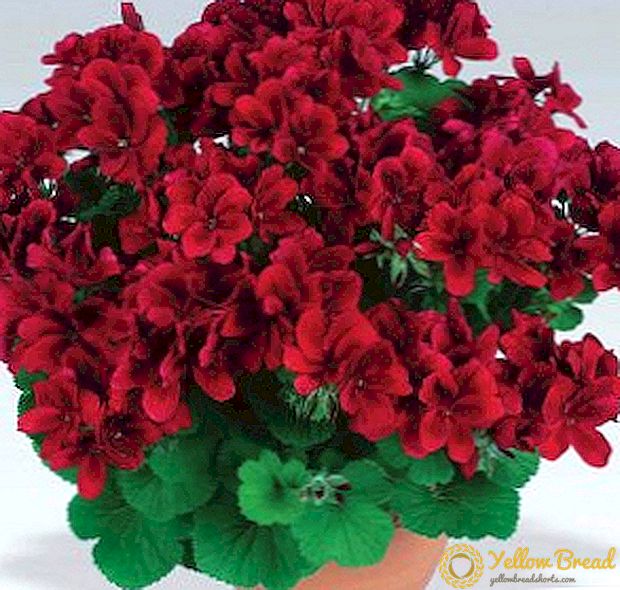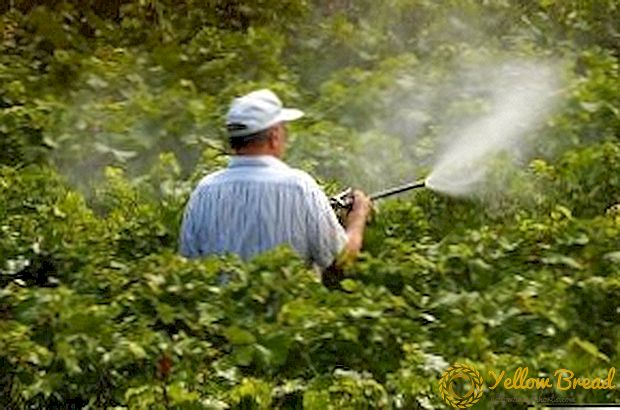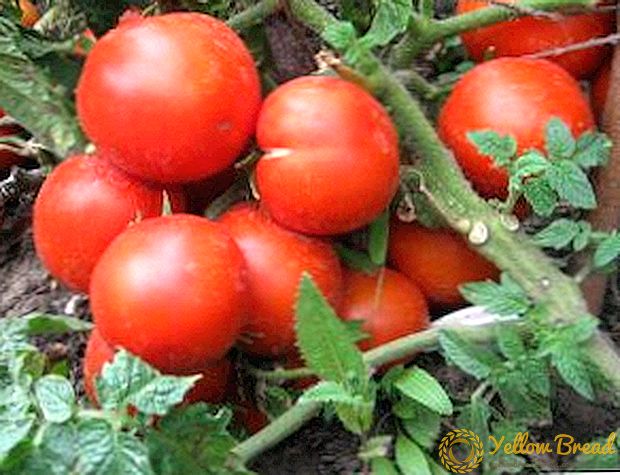 Black-brown rabbits are valued not only for the tender diet meat, but also for the luxurious thick fur of black-brown color. The color is so original and saturated that the skins do not require additional painting or toning. Moreover, with an adult rabbit, you can get a relatively large size skin.
Black-brown rabbits are valued not only for the tender diet meat, but also for the luxurious thick fur of black-brown color. The color is so original and saturated that the skins do not require additional painting or toning. Moreover, with an adult rabbit, you can get a relatively large size skin.
- Breeding history, breed breeding
- Description of the external characteristics of the breed of black-brown rabbit
- How to choose a rabbit when buying
- Tips for keeping black and brown rabbits
- What diet is needed black-brown rabbit
Breeding history, breed breeding
Black-brown rabbits appeared for the first time at the Biryulinsky fur farm in Tatarstan. Breeding a new breed began in 1942 under the leadership of Professor F. V. Nikitin. For breeding, the Vienna Blue, Flandre, White Giant breeds were used. It was possible to get a new breed only after six years of searching. She retained such properties as the ability to quickly adapt to domestic climatic conditions, the specifics of the local food, milk production, early maturity, high meat qualities.
Description of the external characteristics of the breed of black-brown rabbit
The standard of the rabbit was laid by his breeders. According to their description, black-brown rabbits should have a weight of 5-7 kg for males and up to 5 kg for females. The body has a length of 60-70 cm, chest circumference - 34-39 cm, girth behind the shoulder blades - 37 cm, ears - up to 18 cm. On a strong and taut torso there is a rather large head. Rabbits are notable for their curiosity, activity, and cheerful nature, but they are not very happy to contact people. 
How to choose a rabbit when buying
Since the breed is not widespread, it is difficult to find purebred individuals. The markets usually offer similar representatives that are far from the standards. Therefore, for breeding black-brown rabbits, you need to buy animals in specialized farms.
Tips for keeping black and brown rabbits
 The domestic rabbit of this breed is valued for its unpretentiousness and increased resilience. But all the same, when breeding it is necessary to focus on maternal qualities and productivity. Litter is about 7-8 rabbits. Females do not suffer from mastitis, feed babies well, which mature very quickly. If they are born with a weight of 80 g, then at the age of three months they already have about 2.7 kg. The only thing - the content of the rabbits of this breed is rather unprofitable, comparable to the content of the White Giant and Soviet chinchilla breeds. They require high-quality feed, which has a high cost. But the rabbit perfectly tolerates frosts due to its thick undercoat and high adaptive capabilities. Even in extreme cold it can be periodically maintained outside - black-brown rabbits feel great in the winter.
The domestic rabbit of this breed is valued for its unpretentiousness and increased resilience. But all the same, when breeding it is necessary to focus on maternal qualities and productivity. Litter is about 7-8 rabbits. Females do not suffer from mastitis, feed babies well, which mature very quickly. If they are born with a weight of 80 g, then at the age of three months they already have about 2.7 kg. The only thing - the content of the rabbits of this breed is rather unprofitable, comparable to the content of the White Giant and Soviet chinchilla breeds. They require high-quality feed, which has a high cost. But the rabbit perfectly tolerates frosts due to its thick undercoat and high adaptive capabilities. Even in extreme cold it can be periodically maintained outside - black-brown rabbits feel great in the winter.
For the content they need to install the cells a little more than usual, since the rabbit itself is relatively large, and in a standard cage it will be uncomfortable. Inside there are several shelves that allow animals to rest on them.Animals of this breed are extremely clean, so the cells must be cleaned regularly, at least 3 times a week. In addition, cleanliness is an excellent prophylactic agent for many diseases.
Breeding conditions for rabbits require that they always have fresh food in the feeders, and water in the drinkers.
What diet is needed black-brown rabbit
 For the normal development of the animal he needs a full-fledged diet with a sufficient content of minerals, vitamins, carbohydrates, proteins. They feed animals at least three times a day. In winter, they are fed with rough and succulent feed. It is also necessary to feed them with hay, boiled potatoes, carrots, turnips, cabbage. From time to time it is advisable to toss up thin branches of young trees and sometimes to pamper animals with steamed cereals, pieces of bread, dry leaves of mountain ash and nettle. This will help replenish their diet with vitamins and microelements, which will positively affect the weight gain of rabbits. As a top dressing, be sure to use meat and bone meal or fish meal. These additional sources of phosphorus and calcium will help him develop a strong skeleton.
For the normal development of the animal he needs a full-fledged diet with a sufficient content of minerals, vitamins, carbohydrates, proteins. They feed animals at least three times a day. In winter, they are fed with rough and succulent feed. It is also necessary to feed them with hay, boiled potatoes, carrots, turnips, cabbage. From time to time it is advisable to toss up thin branches of young trees and sometimes to pamper animals with steamed cereals, pieces of bread, dry leaves of mountain ash and nettle. This will help replenish their diet with vitamins and microelements, which will positively affect the weight gain of rabbits. As a top dressing, be sure to use meat and bone meal or fish meal. These additional sources of phosphorus and calcium will help him develop a strong skeleton.
The black-brown rabbit is a domestic breed with high adaptive capacity, high fecundity, high yield of meat (57%) and an incredibly beautiful skin, which does not require additional staining when used in light industry. Caring for a rabbit is not much different from the usual rabbit breeders. The only difficulty is to find purebreds for breeding, as today the breed is on the verge of extinction.






